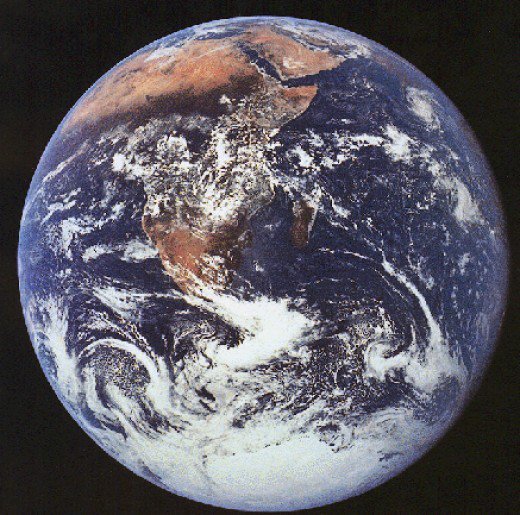Or night even. The sun disappears for half the planet for hours.
No special glasses needed to see that.


To solve the energy problem will take a lot.
One of the main things is to get rid of the silly notions of countries, so the end of nationalism. The planet is bathed at any one point with enough energy 173PW to exceed total energy across sources of 155TW, so a tiny % of the earth receives enough to power the planet, the sun is shining somewhere all the time so it’s enough, we just have to move energy around, to do that needs a planetary grid and the small human brain notion of a country is the major barrier.
Reality:
What mankind is currently doing in its own limited mind:
The next is distribution. Energy is lost at distance. To make a normal-temperature superconductor would help.
Another approach is a space-born mirror to reflect so to a place in earth’s shadow to bring solar energy into night.
I would say this is too technologically advanced for our level of development (we can’t even get rid of countries so space is even harder).
Given the sun’s energy is going to be difficult to move long enough distances it can get from 1/3rd around the planet where the sun is shining to where it is not, will need some localized storage.
So then we get to all the energy storage needs. These are the ones I’m thinking:
- insulation, better buildings, so you can smooth out heat gained in daytime with insulation to slow the cooling loss so you need less energy for heating at night. In effect, storing heat energy inside houses.
- insulation, better refrigerators, the opposite problem, keeping the cold of night from getting into your stored chilled/frozen foods.
- gravity. Pump water uphill during daytime, let it release at night. There are plenty of places with lots of rain and water storage.

-
electrical energy storage (your point) locally inside cars, inside homes, inside our phones, etc.
-
Fuel cells. Use solar to split water into O2 and H and store the H and then use a catalyst to then make electricity from the H. Or you can burn the H recombine with the O2 (released into the air and then absorbed again) which takes water in and gives water out. What is preventing this is safety, storage of H in an inert substrate, but I think this will be solved before a big space mirror.

My own bet:
- fuel cell is doable in our lifetime
- gravity energy storage is doable in our lifetime
- better house construction is doable in our lifetime
- space mirror probably >50-100 years off. We need to get rid of all the -isms first.
- superconductors at scale, >50-100 years off. To make it reliable on a large scale I think is going to be the biggest challenge
I do not think the use of lithium and other rare earth metals is scalable to the problem, the reason (to come full circle to my first point) is that “-isms” are a function in equality. Wealth for all of our species history has been strongly related to energy consumption, so to remove inequality requires equal wealth, requires everyone consuming (even a poor African subsistance farmer) to have more energy each to a similar to a rich American with a truck) that will require total energy consumption to go up, the environment cannot allow total energy consumption to go using fossil fuels, it has to move to a planetary energy grid system and those silly lines we draw in our mind on a rotating rock bathed with enough energy is the limiting factor.










 It did get very dark, though! I saw a star and enjoyed the 360 degree sunset.
It did get very dark, though! I saw a star and enjoyed the 360 degree sunset.

